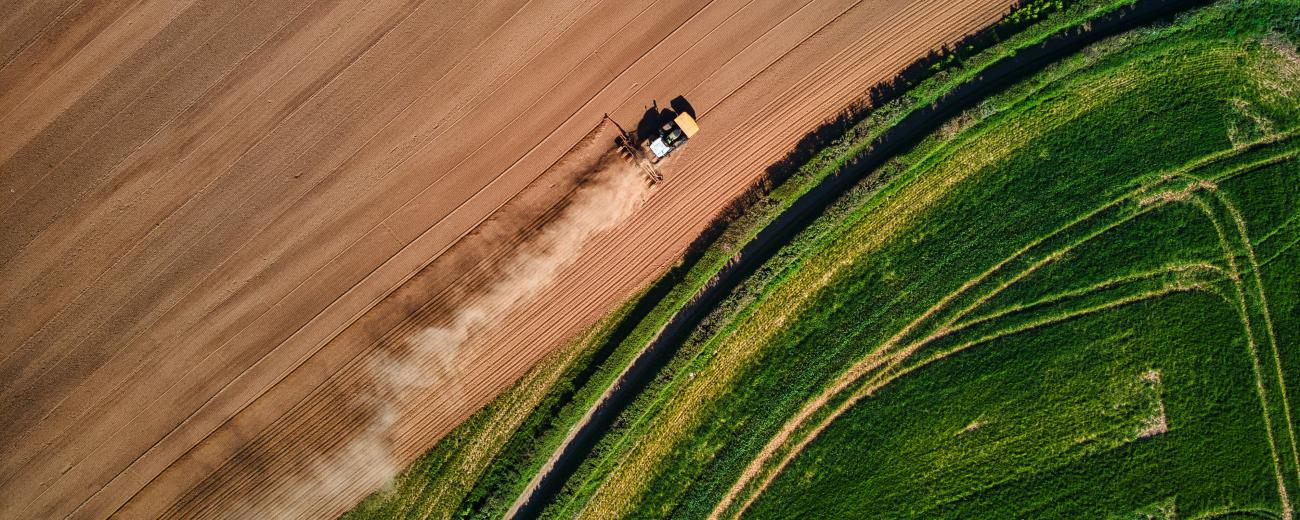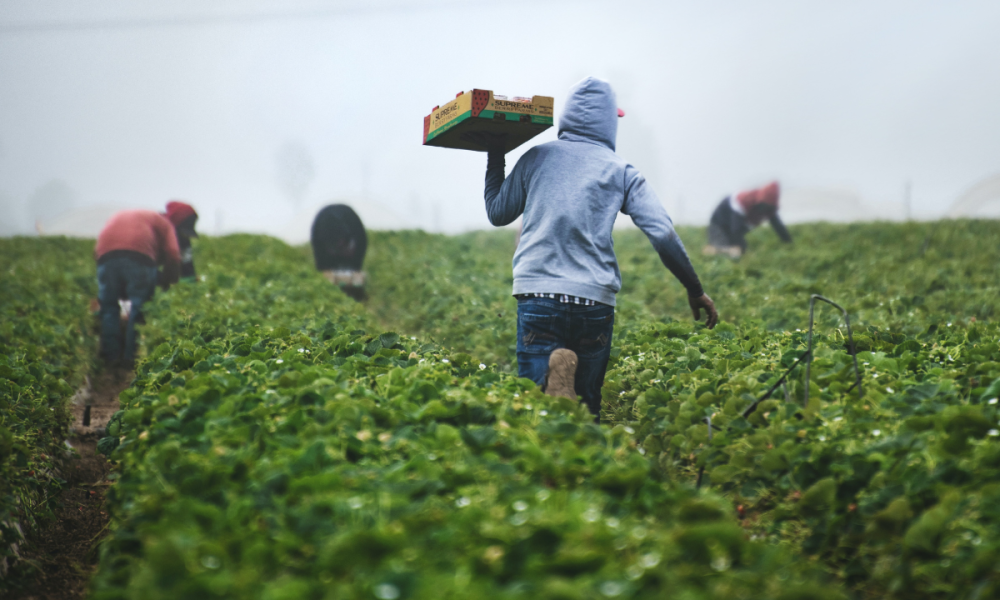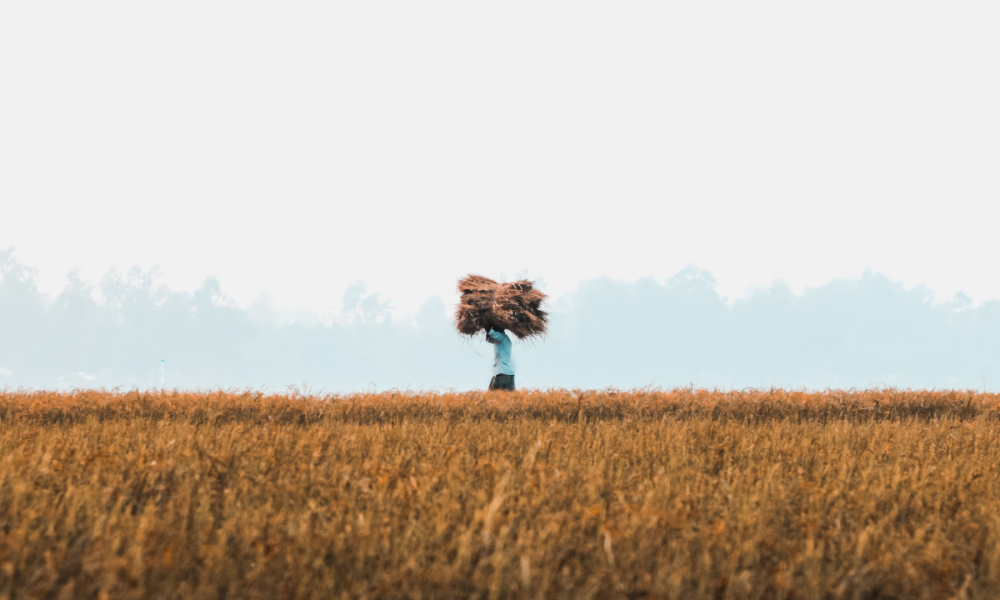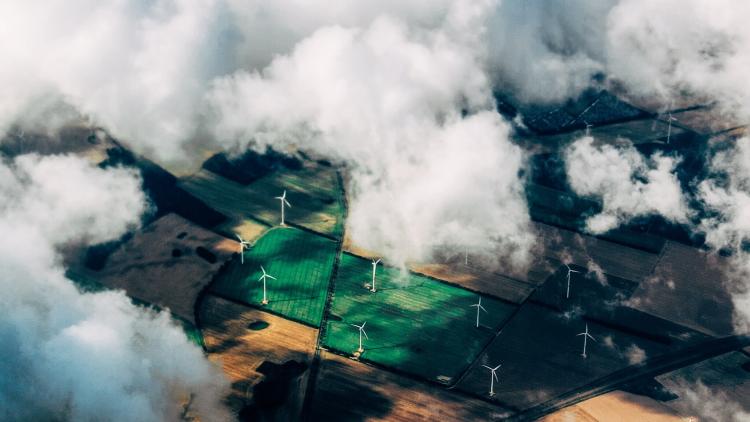Sustainable intensification: A continuation of old practices?


Agricultural production of the last 50 years has been dominated by a productionist paradigm, based on the centrality of high crop yields and mass productivity. However, with a predicted population increase of 2 billion in the next 30 years (UN, 2019), alongside the ever-growing challenges of environmental degradation and climate change, it is widely accepted that this approach is not sustainable, prompting the question of how to feed the growing population in a sustainable fashion with fewer available resources.
One proposal which has gained traction since the late-20th century is ‘sustainable intensification’ (SI), an agricultural approach heralded for its potential to address problems of food insecurity and climate change whilst also increasing crop-yields. In doing so, it aims to feed the growing population in a ‘sustainable’ manner. Simply put, SI refers to agricultural techniques which use the same or less inputs and, without expanding land use, to produce higher crop yields. Its proponents argue that higher productivity should reduce global demand for food, causing prices to fall and halting the need to convert biodiverse areas into farmland (Cook et al., 2015). Similarly, by using less chemicals and water, the impact agricultural production has on existing farmland should be lower, something that would result in less environmental degradation.
However, the extent to which SI offers any true change to our agricultural system has been questioned recently, with some calling it an oxymoron underpinned by the dominant, corporate, productionist agenda’ (Mahon et al., 2017) that uses the ‘S’ word as a smokescreen (Lang and Barling, 2012; Cook et al., 2015). Such criticisms have been levelled by the Food Ethics Council, which argues that SI is a deceitful idea used to justify “business as usual” for agricultural MNCs.
Indeed, these concerns carry validity. Whilst most would agree that food production needs to be increased over the next 30 years, we must be wary of ignoring other aspects of the food system. With SI’s focus on yield increase, it seems as though little thought is being given to distribution, even though this is likely to remain a critical issue no matter how much food is produced. Producing more may not be as important as distributing better. In a similar vein, we should be sceptical of the narrowness of SI’s definition of ‘sustainability’ when used by agricultural MNCs. Yes, SI might be sustainable regarding resource efficiency, but social and economic aspects must be considered alongside this. Implementation of such agricultural processes need to interact with governments and local stakeholders, rather than forcing their ideas on localities, in order to ensure these changes are sustainable for them too. Otherwise, notions of neo-colonialism will be echoed (Rock, 2019).
If these parameters are met, SI can no doubt represent an effective change in the way the agricultural system operates, presenting us with a more sustainable pathway. However, if they are not, we could just be witnessing a continuation of old productionist practices hidden under the guise of sustainability.
This blog was written as part of the core module ‘Anthropology of Sustainability' for the MA Anthropology of Global Futures and Sustainability.
About the author
Basil Hayes graduated with an MA in Anthropology of Global Futures and Sustainability in September 2022.



